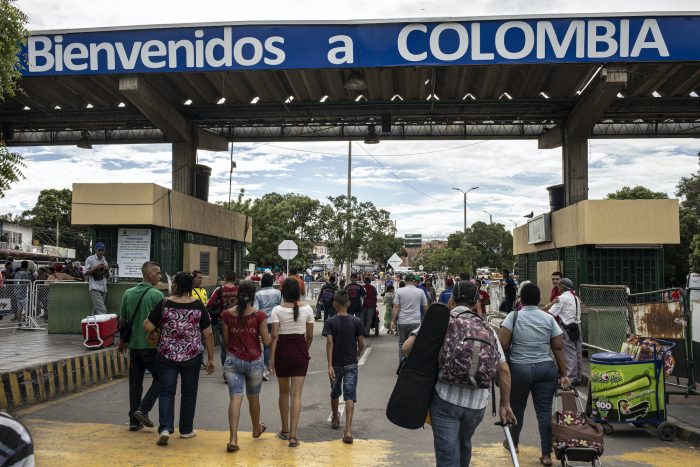During a 2017 consultation meeting in Tanzania, members of the World Refugee & Migration Council were captivated by the story of a young rural nongovernmental organization (NGO) worker. He told us that a mere 5 percent of designated aid for refugees actually reached them due to pervasive corruption — a theme echoing across our visits to refugee sites in Africa, the Middle East, and elsewhere.
Corruption, like a giant leech, is draining the lifeblood of assistance for the displaced. As a Council, we realized that anti-corruption efforts must align with aiding the needy.
Corruption is not just a factor in many of the globe’s current dire refugee and security crises. Corrupt regimes are responsible for some of the worst human rights atrocities, including the forcible displacement of their citizens. Many terrorist movements are financed almost entirely by corrupt economic enterprises, often connected to narcotics and other smuggling activities.
Corruption is an insidious cancer that afflicts the health of society and polity on a worldwide scale.
A country’s wealth and prosperity do not inoculate it from the scourge of corruption. According to a global report by Transparency International, corruption is now at an all-time high in the United States, the world’s biggest and richest economy.
The United States is not alone. Stories of corruption abound in Canada the UK, Germany Korea, Japan, and elsewhere.
Corruption exists in many forms — bribery, lobbying, extortion, cronyism, nepotism, parochialism, patronage — and influence peddling, graft, and embezzlement.
In any discussion of corruption, it is also important to understand the role of so-called enablers of corruption — the financial, real estate, and legal communities who sometimes look the other way as they assist corrupt elites and criminal groups launder their ill-gotten gains by helping them set up shell companies, acquire property, engage in high-value art purchases, and the like.
UN Secretary-General António Guterres, in a figure that is widely cited, argued that “the global cost of corruption is at least $2.6 trillion annually, or 5 per cent of the global gross domestic product (GDP), adding that, according to the WB, businesses and individuals pay more than $1 trillion in bribes every year.”[1]
In one study, the OECD attempted to analyze the transaction value of bribes paid by large multinational corporations and concluded that “bribes…equaled 10.9% of the total transaction value on average, and 34.5% of the profits — equal to USD 13.8 million per bribe.” But the study also recognized that “given the complexity and concealed nature of corrupt transactions, this is, without doubt, the mere tip of the iceberg.”
An influential study by the African Development Bank (AfDB) found that “Africa loses about $148 billion to corruption every year” and that “between $20 billion and $40 billion per year are stolen by public officials.” The study was based on assessing funds held by public officials and their relatives in offshore accounts.
Other studies have taken a sectoral approach to measure the social costs of corruption. For example, a report by Transparency International concluded that “corruption in the health sector kills an estimated 140,000 children a year, fuels the global rise in anti-microbial resistance, and hinders the fight against HIV/ AIDS and other diseases.”
Arriving at a single indicator or even a set of indicators of grand corruption is also challenging because of the wide variety of illicit behaviors that fall under the general rubric of grand corruption. They include, for example, illegal tax and commercial practices, revenues generated by international trade of illicit goods and services, and other “theft-type” activities (such as terrorism financing or crimes involving the illicit transfer of assets between two or more actors engaged in criminal activities).
During the course of its work, the World Refugee & Migration Council has been committed to pursuing binary solutions and investing time and resources to address corruption and assist the forcibly displaced — a form of cross-silo bridging.
One of our ideas for tackling corruption has been to promote an international effort to freeze funds held by corrupt political leaders and their associates and redirect them to help the victims of crimes, including those who have been forcibly displaced, fostering accountability and asset recovery. Current global efforts to seize Russian assets, which are currently frozen in Western banks, to help Ukraine and its citizens at home and abroad, had their genesis in the work of the Council.
[1] A variety of studies have since disputed this figure.

